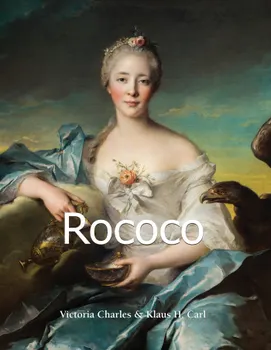Deriving from the French word rocaille, in reference to the curved forms of shellfish, and the Italian barocco, the French created the term ‘Rococo’. Appearing at the beginning of the 18th century, it rapidly spread to the whole of Europe. Extravagant and light, Rococo responded perfectly to the spontaneity of the aristocracy of the time. In many aspects, this art was linked to its predecessor, Baroque, and it is thus also referred to as late Baroque style. While artists such as Tiepolo, Boucher and Reynolds carried the style to its apogee, the movement was often condemned for its superficiality. In the second half of the 18th century, Rococo began its decline. At the end of the century, facing the advent of Neoclassicism, it was plunged into obscurity. It had to wait nearly a century before art historians could restore it to the radiance of its golden age, which is rediscovered in this work by Klaus H. Carl and Victoria Charles.
Teste 30 Stunden gratis
- Heute lesen und hören
- Keine Verpflichtungen, jederzeit kündbar

Mach aus jedem Moment ein Abenteuer
- Tausende Geschichten immer griffbereit in deiner Hosentasche
- Keine Verpflichtungen, jederzeit kündbar

Starten Sie noch heute mit diesem Buch für € 0
- Hol dir während der Testphase vollen Zugriff auf alle Bücher in der App
- Keine Verpflichtungen, jederzeit kündbar
Autor*innen:
Sprache:
Englisch
Format:

Art History Renaissance art
Victoria Charles
book
Caspar David Friedrich. Mystique et Nature
Victoria Charles
book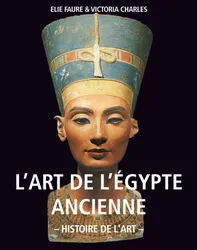
L'art de l'Égypte ancienne. Histoire de l'art
Elie Faure, Victoria Charles
book
Art History Romanesque art
Victoria Charles, Klaus H. Carl
book
Art History The Viennese Secession
Klaus H. Carl, Victoria Charles
book
Art History Art Deco
Victoria Charles
book
Histoire de l'art L'art gothique
Victoria Charles, Klaus H. Carl
book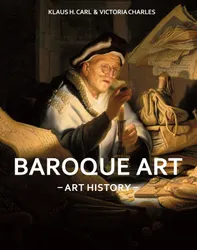
Art History Baroque art
Klaus H. Carl, Victoria Charles
book
Art History Gothic art
Victoria Charles, Klaus H. Carl
book
Art History Abstract art
Victoria Charles
book
Art History Rococo
Klaus H. Carl, Victoria Charles
book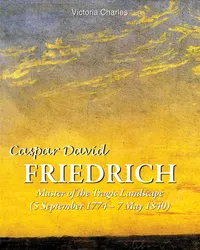
Caspar David Friedrich. Master of the tragic landscape (5 September 1774 – 7 May 1840)
Victoria Charles
book

Russian Avant-Garde
Evgueny Kovtun
book
Byzantine Art
Charles Bayet
book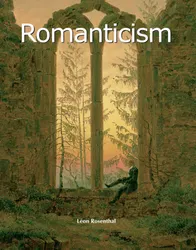
Romanticism
Léon Rosenthal
book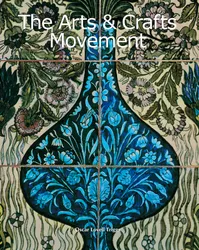
The Arts & Crafts Movement
Oscar Lovell Triggs
book
Art Nouveau
Jean Lahor
book
Naive Art
Nathalia Brodskaïa
book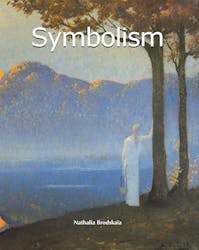
Symbolism
Nathalia Brodskaïa
book
Baroque Art
Victoria Charles, Klaus H. Carl
book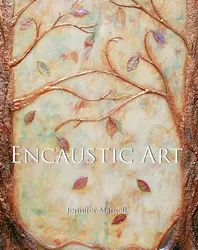
Encaustic Art
Jennifer Margell
book
Impressionism
Nathalia Brodskaïa
book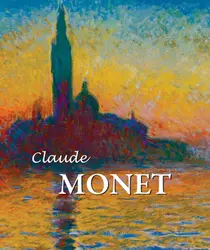
Claude Monet
Nina Kalitina, Nathalia Brodskaya
book
